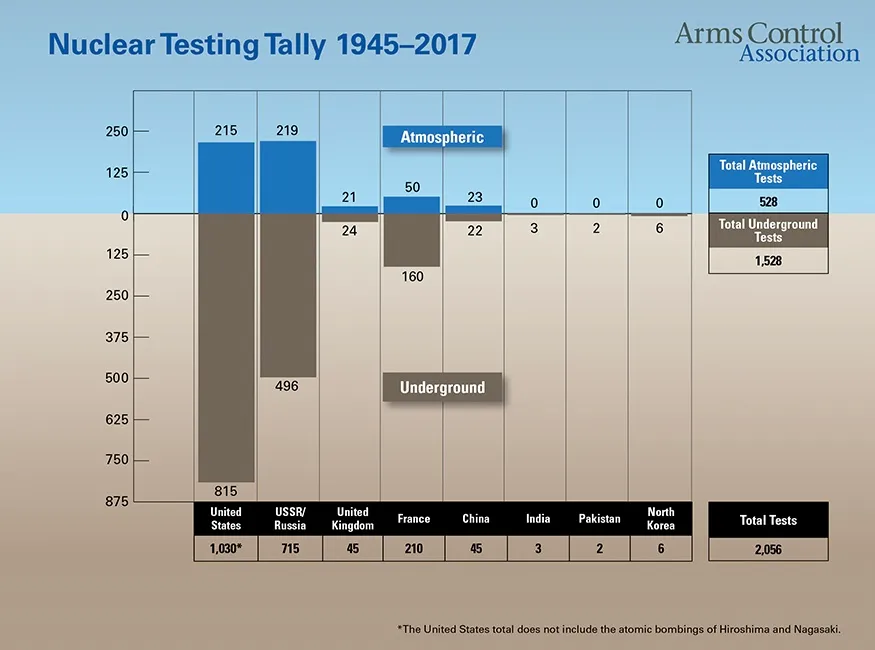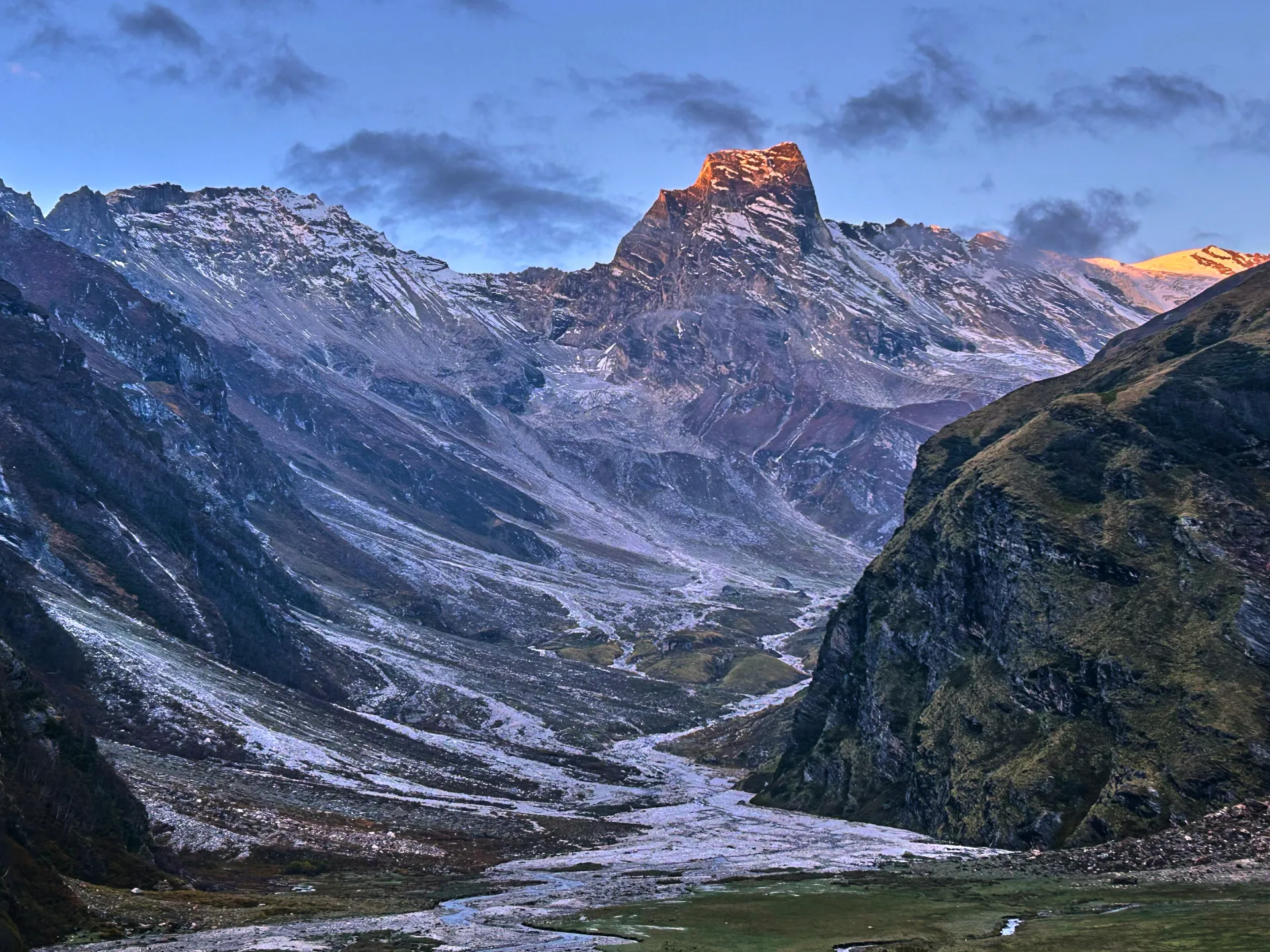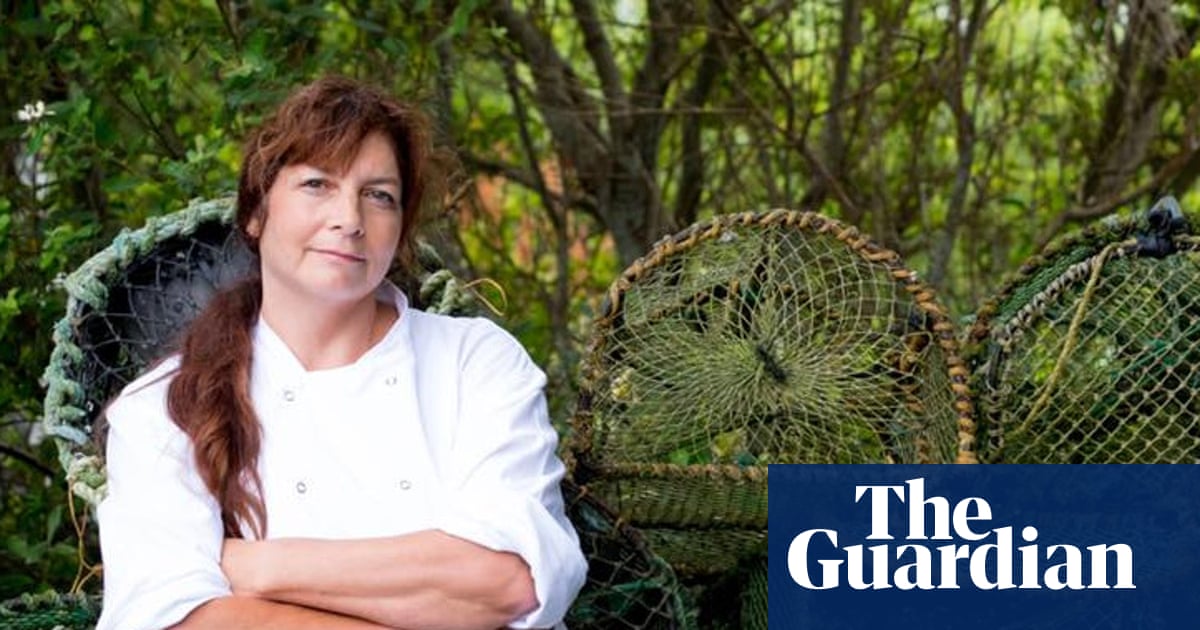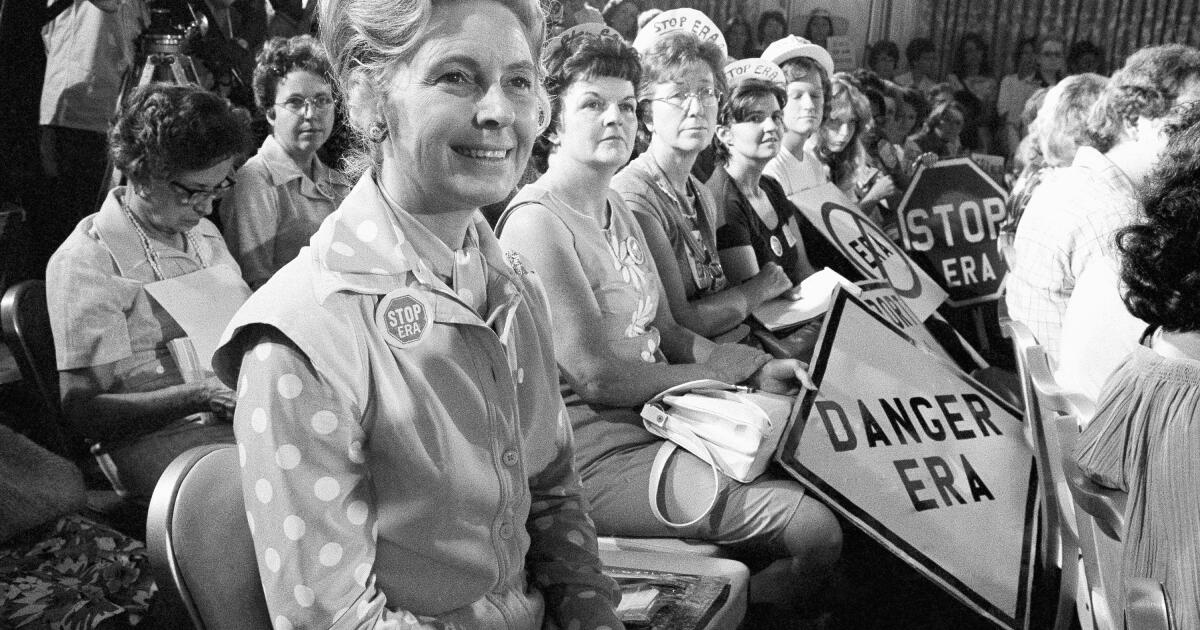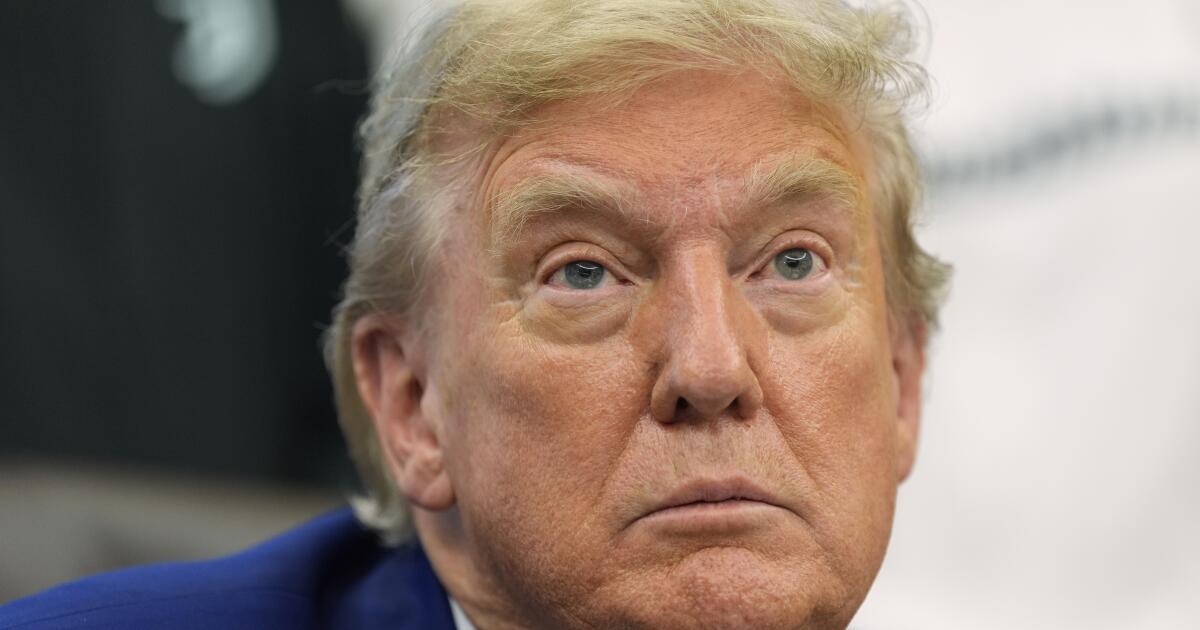Experts Explain How Reviving Nuclear Weapons Tests Would Actually Happen
Minutes before he met with Chinese Premier Xi Jinping in Busan, South Korea on Wednesday, U.S. President Donald Trump issued a statement on social media saying he “instructed the Department of War to start testing our Nuclear Weapons on an equal basis. That process will begin immediately.” The reason, Trump explained, was because of “other countries [SIC] testing programs.”
Other countries, he said, “seem to all be nuclear testing” but when it comes to the U.S., “We have more nuclear weapons than anybody. We don’t do testing. I see them testing and I say, well, if they’re going to test, I guess we have to test.”
Asked where the tests would occur, the president said, “It’ll be announced. We have test sites.”
At this point, it’s unclear if the president is talking about testing out nuclear weapons delivery systems, something that happens on a regular basis, or actual warheads via a detonation, which the U.S. hasn’t done in more than three decades. The fact that this has not been officially clarified is highly problematic. We reached out to the White House for more details, and they referred us back to Trump’s social media post. We also reached out to several experts for their insights, which you can read more about later in this story.
Testing that results in setting off a chain reaction, known as “critical testing,” last took place nearly a decade ago by North Korea on Sept. 3, 2017. The last U.S. critical nuclear weapons test took place on Sept. 23, 1992, according to the Arms Control Association (ACA). While Russian President Vladimir Putin recently announced the testing of a nuclear-powered cruise missile and a nuclear-powered, nuclear-tipped torpedo, which could have spurred Trump’s tweet if he really meant testing delivery systems, Moscow last conducted a critical nuclear device test on Oct. 24, 1990, according to the ACA. Meanwhile, China’s last test was on July 29, 1996.

In the interim, however, several nations, including the U.S., have conducted what is known as sub-critical testing, which does not result in setting off a chain reaction. It’s possible that expanding those efforts could be at least part of what Trump is referring to, as well.
Clearly, restarting live nuclear weapons testing would be a massive departure for the U.S. and a very costly one at that. It would likely prompt other nuclear powers to return to live testing, as well. That is if this is what Trump was truly referring to. Assuming that’s the case, we contacted some of the smartest people we know who work on these issues for a living to give us an understanding of what such a revival would actually entail and how long it would take. Their answers have been lightly edited for clarity.
Our participating experts are:
Hans
Kristensen — Director, Nuclear Information Project, Federation of American Scientists. Writes the bi-monthly Nuclear Notebook and the world nuclear forces overview in the SIPRI Yearbook.
Jon B. Wolfsthal, Director of Global Risk, American Federation of Scientists.
Daryl G. Kimball has been Executive Director of the Arms Control Association (ACA) and publisher and contributor for the organization’s monthly journal, Arms Control Today, since September 2001.

Q: Can you tell me the process by which this could happen? What is the chain of command, and who has to be involved?
Hans Kristensen
A: The process for this would require the White House to direct the Department of Energy (DOE) to order the nuclear laboratories to start preparing for a nuclear test. And since the United States doesn’t currently have a nuclear weapons test explosion program, Congress would have to appropriate the money first.
Jon B. Wolfsthal
A: Not sure what “this” is at this point. To conduct operational flight tests of US delivery systems, those are already underway for existing systems and systems in development. For nuclear testing, the US would need to fund the conduct of a nuclear explosive test. It would be conducted by the US Department of Energy/National Nuclear Security Administration.
Daryl G. Kimball
A: The President has the legal authority to do this, but he needs authorization and appropriations for this purpose by Congress, and Congress can block or modify what he can do or under what conditions, etc. It’s the National Nuclear Security Administration, which is a semi-autonomous agency within the Department of Energy that is responsible for maintaining the existing warheads in the U.S. arsenal. They’ve been doing this since the mid-90s, since the U.S. halted nuclear testing in September 1992 through a very well-funded, sophisticated stockpile stewardship program, which uses non-nuclear, or I should say, non-testing methods, to maintain the seven warhead types in US arsenal.
Q: What specifically would be tested?
Hans Kristensen
A: It is hard to understand what Trump is referring to. It might have been triggered by Russia’s two new missile tests over the last week. But the United States already tests its nuclear weapons in similar ways by conducting test launches and laboratory experiments. If by testing he means nuclear explosive testing, that would be reckless, probably not possible for 18 months, would cost money that Congress would have to approve, and it would most certainly [result in] Russian and Chinese, and likely also India and Pakistan nuclear tests. Unlike the United States, all these countries would have much to gain by restarting nuclear testing. Besides, although there have been occasional rumors that Russia and China may have conducted very small-yield tests, I’m not aware of any reports that they have conducted significant nuclear test explosions.
Jon B. Wolfsthal
A: Again, it depends. This is not well explained by the President at this point.
Daryl G. Kimball
A: Well, this is a great question that the president’s people need to answer. Nuclear testing has historically been used to proof-test new warhead designs. Does the device explode? Does it detonate to the desired explosive yield? Does it have the characteristics that you want? That is the main reason why the United States conducted most of its 1,030 nuclear tests. What exactly they will be trying to figure out from a technical standpoint, I do not know, and frankly, there is no reason why the United States needs nuclear test explosions to maintain existing warheads in our arsenal.
So, looking at Trump’s statements, it’s pretty clear that whatever kind of nuclear testing he’s thinking about, it’s for political purposes. It is a juvenile kind of tit-for-tat reaction to what he perceives other countries are doing. And I would note that he claims that this is from an overnight quote on Air Force One, one you know, all other countries seem to be doing this. Well, those of us who follow these issues extremely carefully do not see any other country conducting nuclear explosive tests. So the president and his scientific advisors need to explain what he’s talking about. I would say that he appears to be confused and misinformed about this issue.
Q: How long would it take from the time of this social media posting until the tests take place?
Hans Kristensen
A: It would be expensive because the timeline for doing a simple explosion is six to 10 months, a fully instrumented test in 24 to 36 months, and a test to develop a new nuclear warhead is about 60 months.
Jon B. Wolfsthal
A: It would require anywhere from a few months to conduct a rapid explosive test and 18 months to conduct a fully instrumented test that would yield scientific results.
Daryl G. Kimball
A: I think it would take many months. I would put it at around 36 months to be able to conduct a nuclear explosive test underground that is contained. There are generally two kinds of tests. One is a demonstration test that simply says, ‘We have nuclear weapons and they explode.’ Then there is a test that is designed to derive some data about the weapon’s design to help understand how it’s working. A scientific test requires much more preparation and time than a simple demonstration test. In theory, the United States could fire a Minuteman III missile from the ground. Within an hour, it could detonate a nuclear device high in the atmosphere, and we would see that one of our nuclear warheads works. But that’s not what I think Donald Trump was talking about.

Q: Where could these tests take place?
Hans Kristensen
A: It can practically only be done in Nevada.
Jon B. Wolfsthal
A: The most likely spot is the Nevada National Security Site, which is the former US nuclear weapons test site about 45 minutes north of Las Vegas. No other location is currently capable or legally structured for the conduct of nuclear explosive tests.
Daryl G. Kimball
A: The Nevada National Security Site, which is nearly the size of Rhode Island, is where the United States conducted the majority of its nuclear test explosions, including 100 in the atmosphere, beginning in 1951. That is the site where, if there’s a military scientific need to resume testing, that’s where the United States has been planning for.

With so many questions about Trump’s nuclear testing statements still outstanding, we are waiting for further clarification from the White House. We will update this story with any pertinent details provided.
Contact the author: [email protected]
